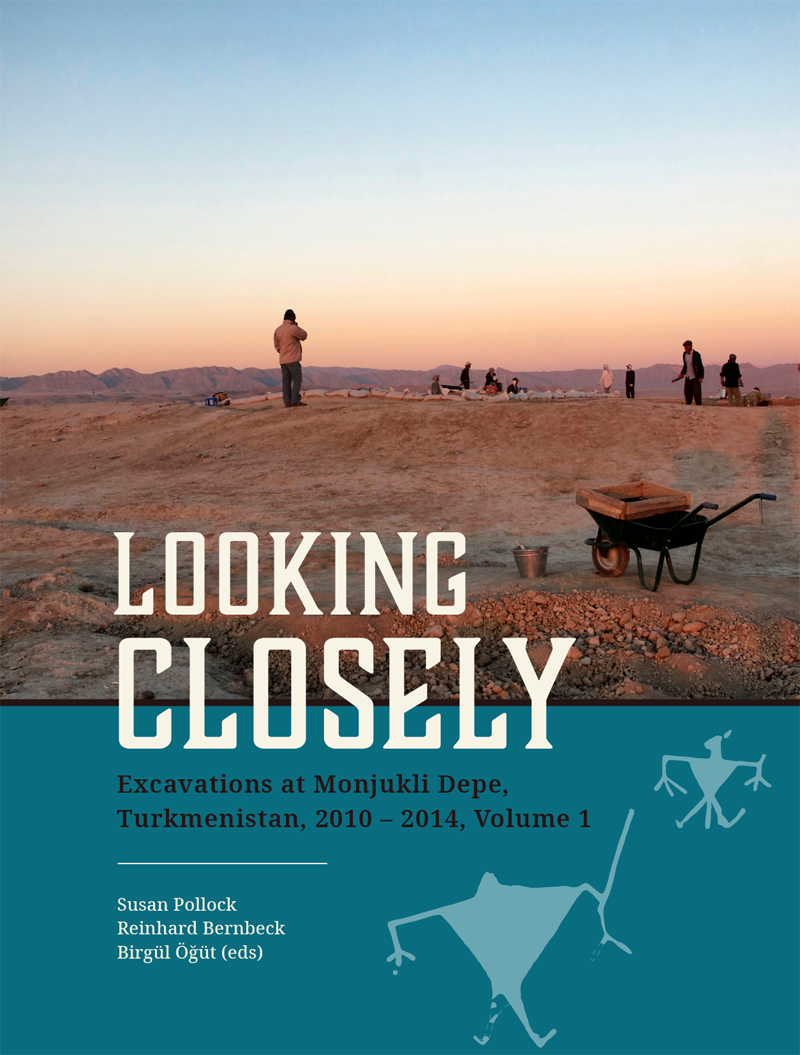Research Goals
The archaeological literature on the Neolithic and early Aeneolithic in the Kopet Dag piedmont zone is replete with discussions on the origins of specific characteristics of the Aeneolithic and Neolithic in the region. Among the innovations considered typical of the Aeneolithic are thin-walled, high-fired painted pottery, the occurrence of spindle whorls, and the use of copper. Debates reaching back to Soviet archaeology in the 1970s and earlier often point to regions to the southwest of Turkmenistan, especially the Iranian central plateau, as the geographic source for these innovations. Some archaeologists have argued, however, that new technologies might have emerged in local developments.
Ultimately, such debates rest on the assumption that whole "packages" of innovations or technologies were imported or adopted. There is no doubt that substantial changes occurred in the Kopet Dag foothill zone at this time. What interests us is exactly how such changes took place. Instead of assuming a complete and unproblematic adoption of new methods of ceramic or metal production, it is important to investigate differences, however subtle, in the technologies used in specific places. By doing so, we explore the questions of whether technological change occurred in small steps or in abrupt swings and whether all households in Monjukli Depe participated in such changes to a similar extent. Were there delays, accelerations, or modifications in the process of innovation in different contexts?
For all of these reasons, we placed our research emphasis on the analysis of Kulturtechniken or "cultural techniques." An approach that focuses on cultural techniques conceives of innovations not as driven by purely instrumental or technological logic but rather as embedded in historically and culturally specific contexts. We draw on a long-standing debate on "technological style" in which technologies are understood not as solely functional, but rather as modes of action that presume pre-existing approaches toward worked or workable materials. The analysis of operational chains (chaînes opératoires) as introduced by André Leroi-Gourhan has long been regarded in archaeology as an appropriate method for pursuing such investigations.
An approach that focuses on cultural techniques includes three important principles:
(1) Such techniques must be understood as complex networks and not as linear chains of actions.
(2) They unite goal-oriented practices with cultural perceptions to yield an historically specific rationality.
(3) Their practice is not limited to a small circle of specialists; rather, many persons in a society have mastered their fundamentals, whether directly or indirectly, whether highly skilled or not.
A central goal of our research was therefore to identify different cultural techniques at Monjukli Depe and to analyze their changes and variability both diachronically and synchronically. We have focused thus far primarily on the Kulturtechniken of pyrotechnologies, human-animal relations, construction activities, and burial practices.
Publication

Contact
Reinhard Bernbeck
rbernbec@zedat.fu-berlin.de
Susan Pollock
spollock@zedat.fu-berlin.de
Freie Universität Berlin
Institut für
Vorderasiatische Archäologie
Fabeckstraße 23-25, 14195 Berlin